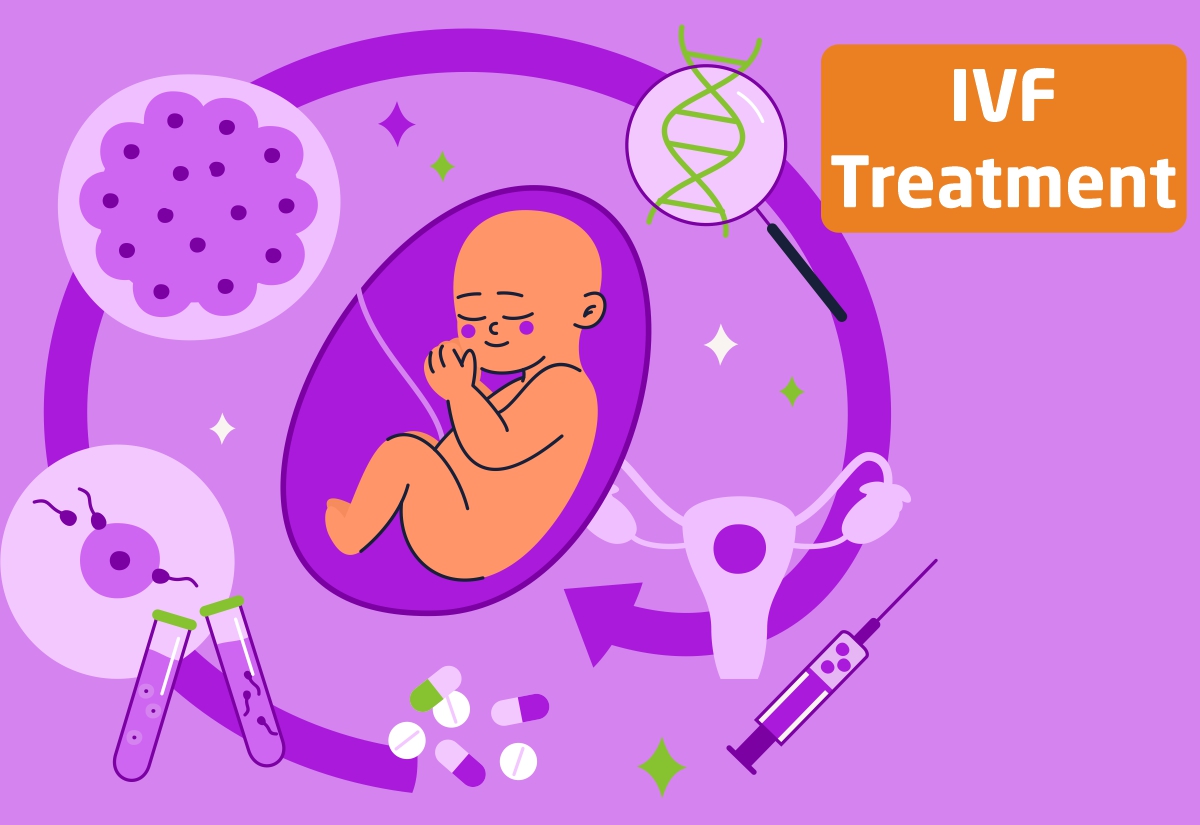In recent years, In Vitro Fertilization (IVF) has become a common and widely accepted solution for couples struggling with infertility. This surge in the popularity of IVF treatments can be attributed to several key medical and lifestyle factors. The advancements in reproductive technology, alongside societal changes, have contributed to a rise in the demand for IVF services. This article explores the top reasons behind this IVF boom and how the evolving medical landscape has made treatments more accessible.
If you’re looking for specialized care in IVF, there are excellent facilities like the IVF hospital in Patiala that provide top-tier services to couples facing fertility challenges.
1. Delayed Parenthood: A Lifestyle Choice
One of the most prominent lifestyle factors driving the demand for IVF treatments is the global trend of delaying parenthood. Both men and women are increasingly postponing having children due to a variety of reasons, including:
- Career focus: More women are prioritizing their professional growth and education in their 20s and early 30s, leaving parenthood for later.
- Financial stability: Couples are often waiting until they feel financially secure to start a family, which may take longer in today’s economic climate.
- Social changes: With societal norms evolving, the stigma surrounding later pregnancies has significantly reduced, allowing individuals the freedom to make parenthood decisions at their own pace.
As a result of these delays, many couples face fertility challenges as they age, given that the quality and quantity of eggs and sperm diminish over time. IVF offers a viable solution for those who encounter difficulties conceiving naturally at an older age.
2. Advances in Reproductive Technology
The field of reproductive medicine has seen incredible advancements in recent years, contributing significantly to the success rates of IVF procedures. Key innovations include:
- Improved embryo freezing techniques: Vitrification, a method for freezing embryos, has drastically improved the survival rates of frozen embryos, increasing the chances of successful pregnancy.
- Genetic screening: Preimplantation Genetic Testing (PGT) allows for the screening of embryos for genetic abnormalities before implantation, ensuring healthier pregnancies and reducing the risk of miscarriage.
- Ovarian stimulation protocols: These advancements allow for the retrieval of multiple eggs during a single IVF cycle, boosting success rates for older women or those with diminished ovarian reserve.
These technological breakthroughs are a major reason why more couples are turning to IVF, as the procedures are now more effective and accessible than ever before.
3. Rising Infertility Rates
Another driving factor behind the IVF boom is the alarming rise in infertility rates worldwide. Both male and female infertility cases have increased due to various factors:
- Environmental toxins: Exposure to pollution, pesticides, and chemicals in everyday products can negatively impact both male and female fertility.
- Poor lifestyle habits: Smoking, excessive alcohol consumption, and unhealthy diets are all known to reduce fertility.
- Obesity and related health issues: A growing number of individuals experience fertility problems related to obesity, which can lead to hormonal imbalances and complications such as polycystic ovary syndrome (PCOS).
- Stress: Modern-day stress levels, particularly in fast-paced urban environments, contribute to hormonal disruptions that affect both men’s and women’s ability to conceive.
With infertility becoming more common, couples are increasingly seeking out services from specialists at reputable clinics like the infertility center in Patiala, where a range of treatments, including IVF, are available to help overcome these challenges.
4. Increased Awareness and Acceptance of IVF
In the past, IVF treatments were often surrounded by stigma, and couples facing fertility challenges were reluctant to seek help. However, over the last few decades, societal attitudes toward IVF have shifted dramatically:
- Public education: Increased awareness about fertility issues and the options available to address them has empowered more couples to seek help early on.
- Celebrity influence: Many high-profile individuals and public figures have shared their IVF journeys, helping to normalize the process and reduce the shame or embarrassment couples may have previously felt.
- Insurance coverage: In some countries, insurance policies now cover part or all of the cost of IVF treatments, making them more accessible to a wider population.
As IVF becomes a more accepted and mainstream option, more couples are willing to explore it as a solution to their fertility problems.
5. Improved Access to Fertility Care
Access to specialized fertility care has expanded in many parts of the world. In regions where quality healthcare was once limited, advancements in medical infrastructure and the growth of specialized fertility clinics have made IVF more accessible than ever. For instance, couples in smaller cities no longer have to travel to major urban centers for fertility treatments. High-quality care is available in more locations, such as the Best Gynaecologist in Patiala, where patients can receive comprehensive support for both fertility and general women’s health concerns.
6. LGBTQ+ Community and Single Parent IVF Options
IVF is not only a solution for heterosexual couples facing infertility. It has also opened the door for the LGBTQ+ community and single individuals to build families. For same-sex couples and single women, IVF offers the opportunity to have biological children with the help of sperm or egg donors and gestational carriers. The inclusivity of IVF treatments is another reason for its increased demand, as it allows a broader range of people to realize their dreams of parenthood.
7. Medical Conditions Requiring IVF
Finally, certain medical conditions make IVF a necessary option for many individuals. Some women face reproductive health issues such as endometriosis or blocked fallopian tubes, which prevent natural conception. Similarly, men with low sperm count or motility issues may also need medical intervention for conception. In such cases, IVF is often the most effective method for overcoming these medical barriers to pregnancy.

